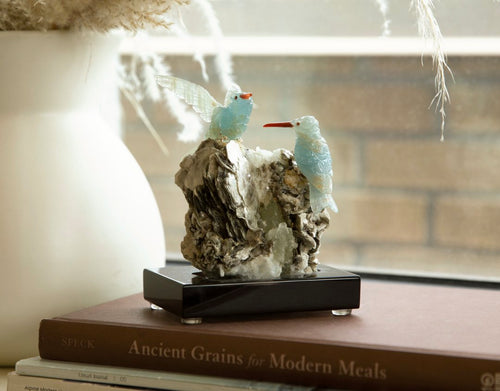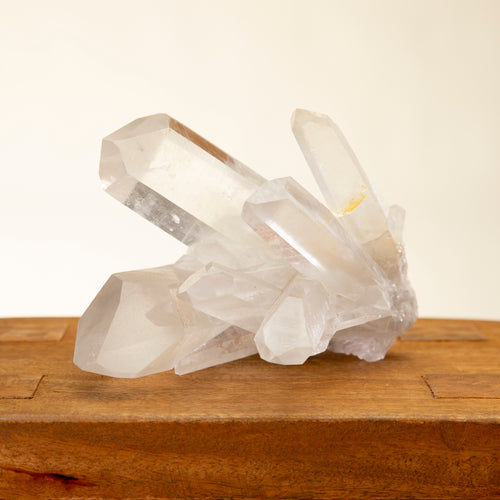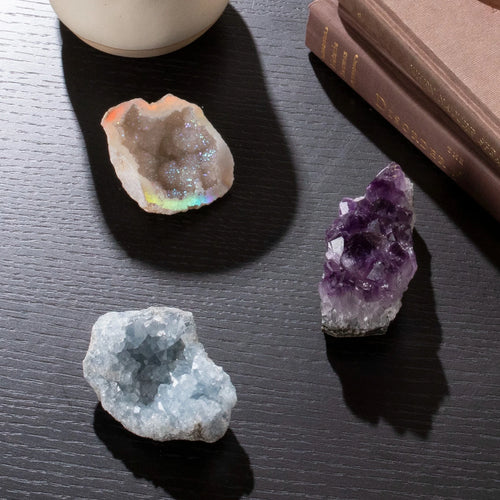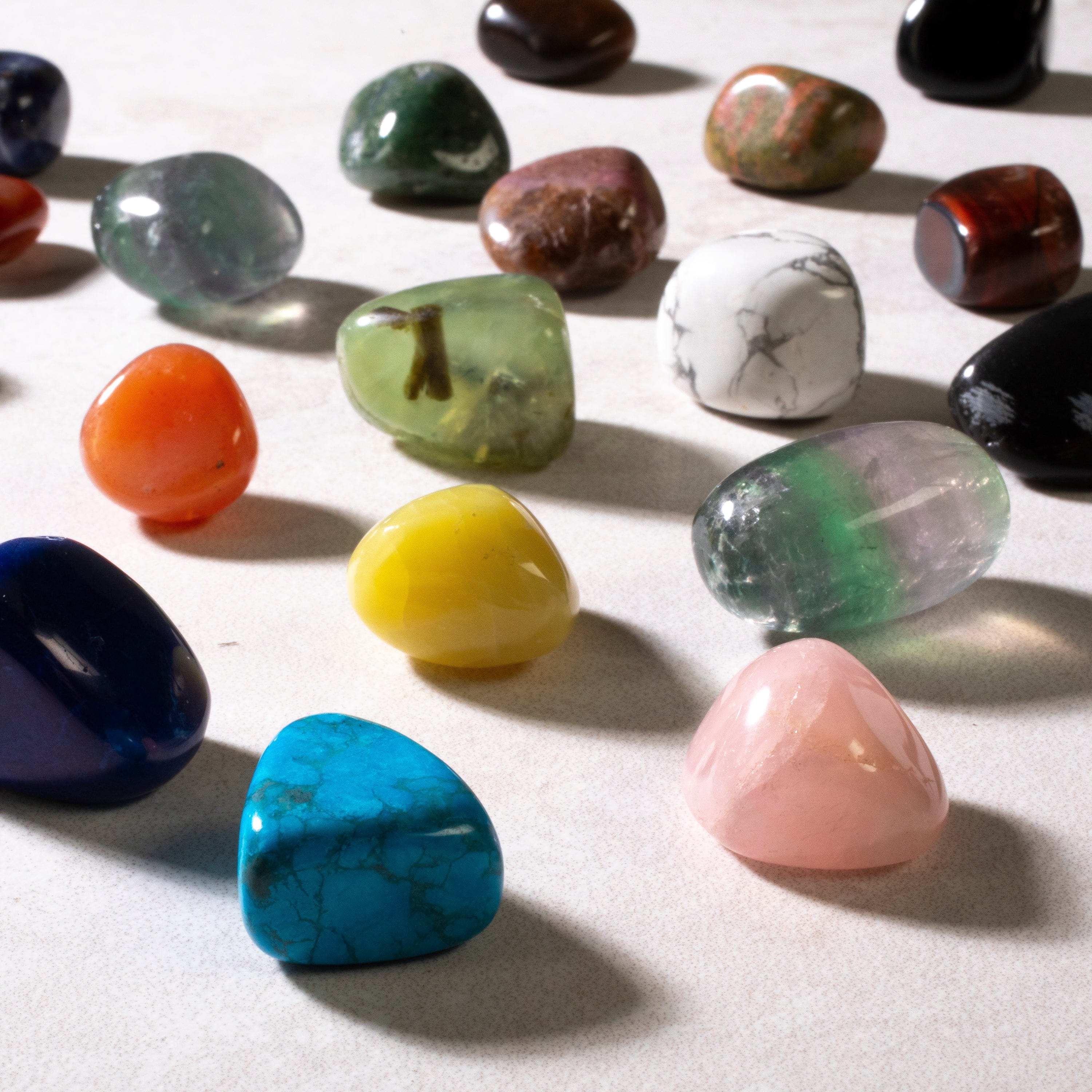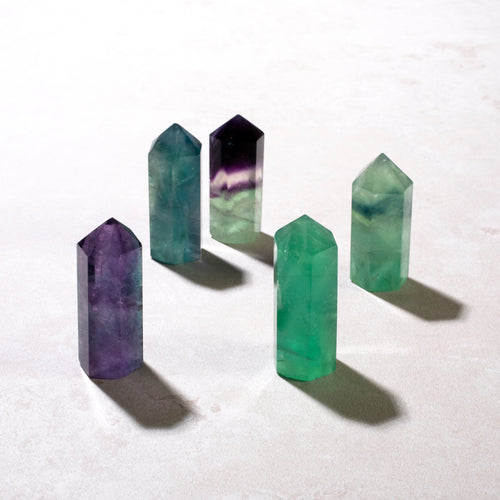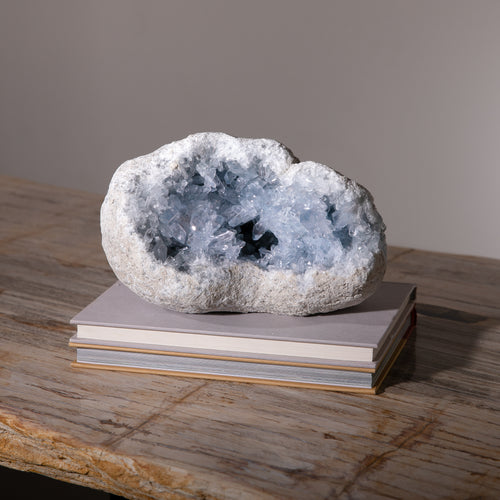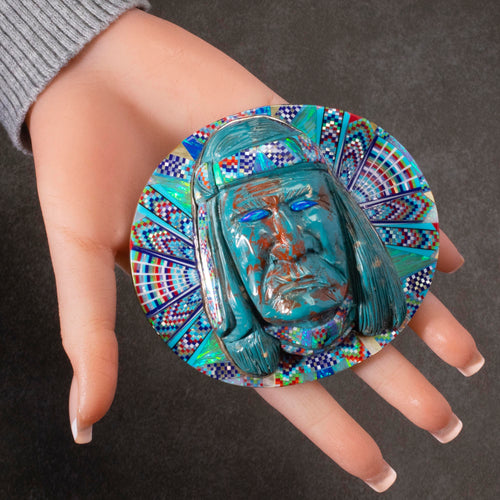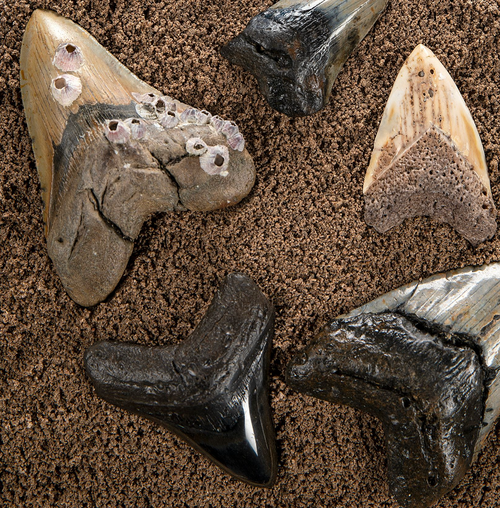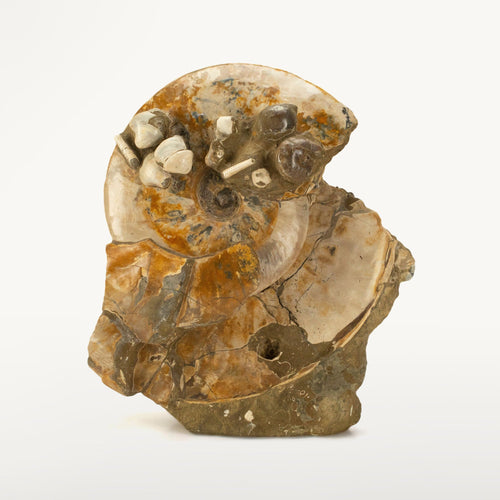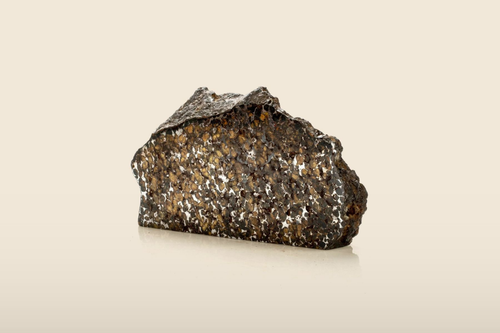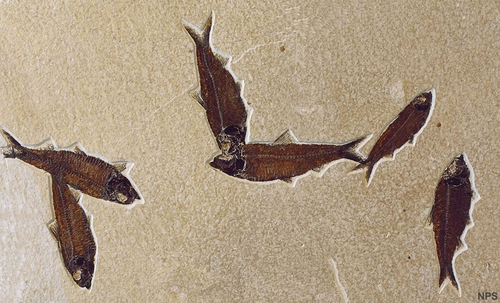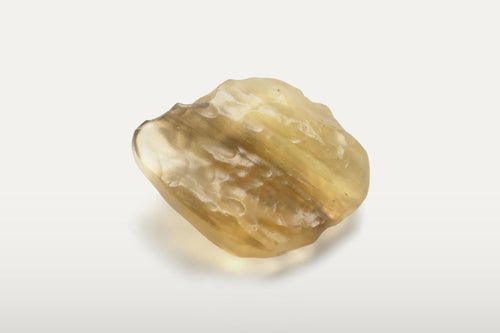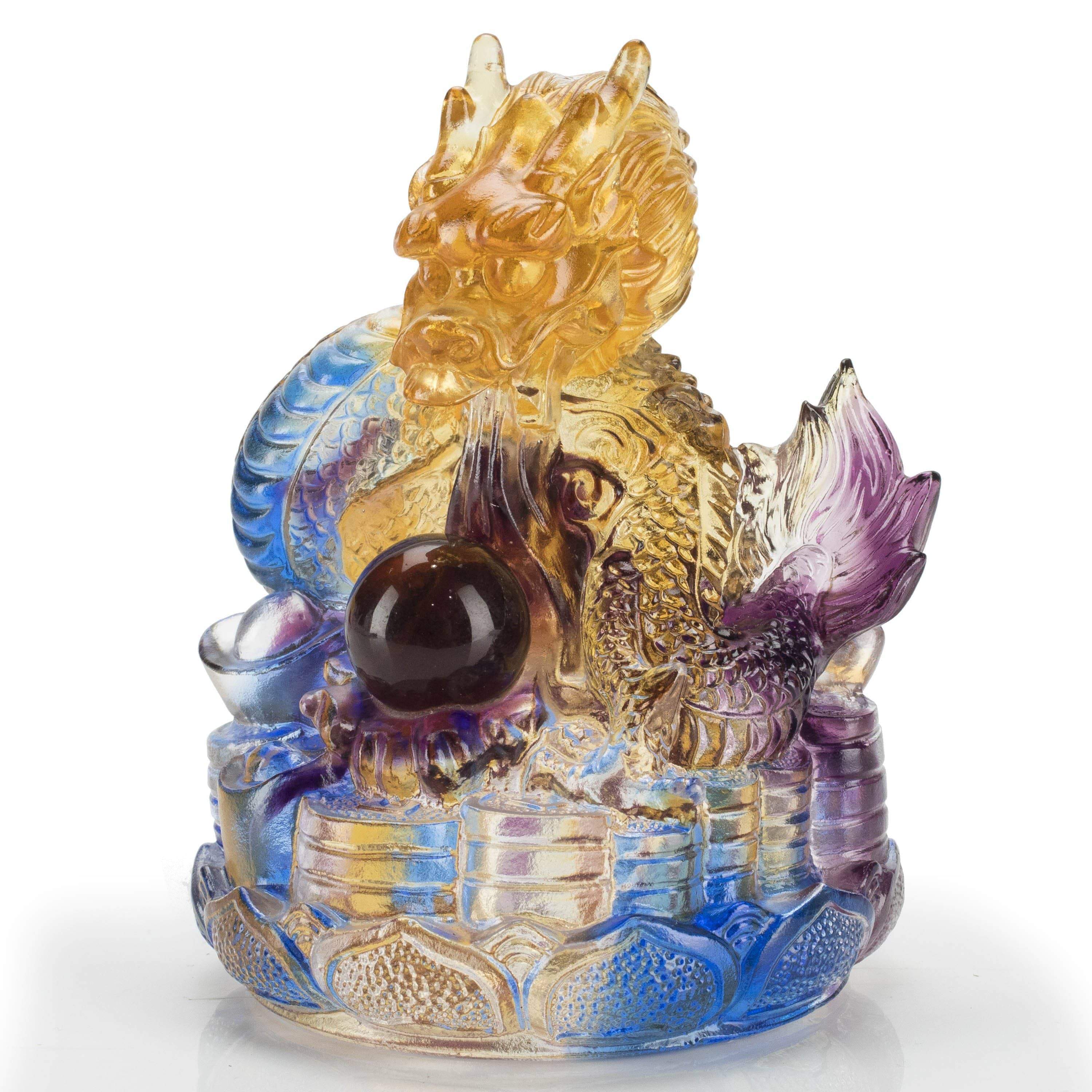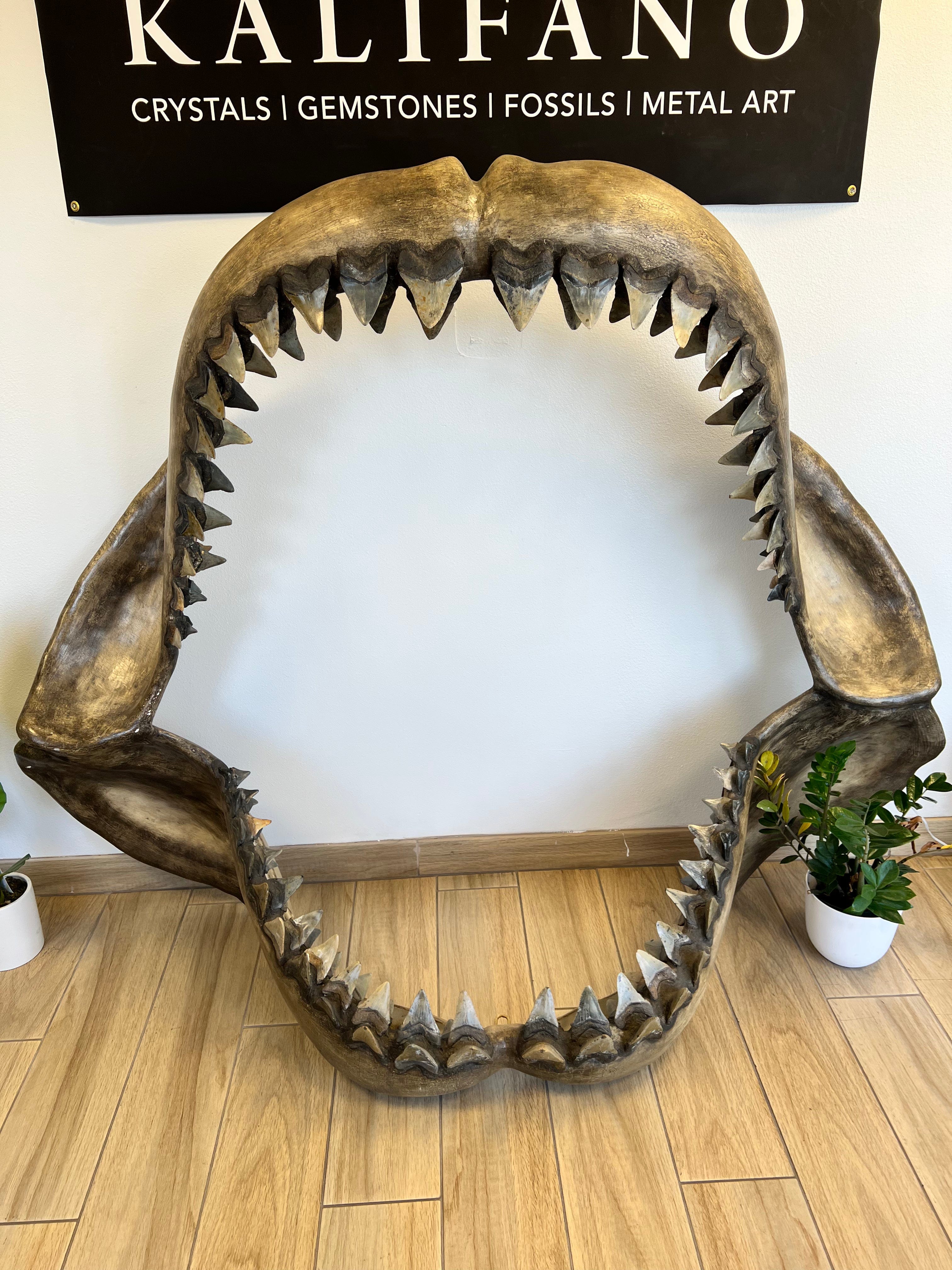
Unveiling the 10 Surprising Facts About the Megalodon Shark: A Prehistoric Predator
Are you fascinated by the ocean's ancient past and the creatures that once roamed its depths? Look no further than the megalodon shark, a massive predatory creature that swam the seas more than 2 million years ago. With an average length of 60 feet and teeth the size of a human hand, the megalodon shark is sure to capture your imagination. In this post, we'll explore 10 interesting facts about this prehistoric predator that will blow your mind. Keep reading to discover why the megalodon shark remains one of the most captivating and awe-inspiring creatures in history.
Jaw-Dropping Facts about the Megalodon Shark
- The name "megalodon" means "big tooth" in Greek, and it's no surprise why. Their teeth were on average 7 inches long and 2.7 inches wide, making them the largest shark teeth ever found. These teeth were triangular in shape with serrated edges, designed for maximum damage and efficiency. They could easily cut through the tough skin and bones of their prey.
- Megalodon sharks had a massive bite force estimated at up to 18 tons, roughly three times stronger than the bite force of a great white shark. This strength would have enabled the megalodon shark to take down large marine mammals, large fish and even other sharks with ease.
- They likely had a diverse diet that included marine mammals such as whales, dolphins and sea cows as well as large fish and even other sharks. Their diet was not limited to one group of animals and they were opportunistic hunters.
- Despite their similarities in appearance, megalodon sharks are not related to the great white shark. They belong to a different genus, Carcharocles, which is now extinct. This means that great white sharks are not the descendants of the megalodon shark, they are entirely different species.
- Fossils of megalodon sharks have been found all over the world, including North America, South America, Europe, Africa, and Australia. This wide distribution suggests that the megalodon shark was able to adapt to different environments and had a successful global distribution.
- Scientists believe that megalodon sharks were warm-blooded, which would have been an evolutionary advantage in the cold oceans of the time. This adaptation would have enabled the megalodon shark to maintain an elevated body temperature and have increased energy levels, allowing them to hunt more efficiently.
- They are thought to have given birth to live young, rather than laying eggs like modern sharks do. This would have given the megalodon shark pups a better chance of survival as they would be born fully developed and ready to hunt.
- Megalodon sharks were apex predators, meaning they were at the top of the food chain and had no natural predators. This dominance would have made them the ultimate hunters of their time.
- Some scientists believe that the megalodon shark's extinction may have been caused by a combination of factors, including a decline in food supply and competition from other predator species. Changes in sea level and oceanic temperatures may also have played a role.
- Today, their teeth and fossils are highly sought-after by collectors, and can fetch high prices at auction. They are not only valuable due to their rarity but also for the insight they give into the ancient world and the creatures that once roamed it.
More about Megalodon Teeth
One of the most distinctive features of the megalodon shark is their teeth. They had triangular shaped teeth with serrated edges, which allowed them to easily cut through the tough skin and bones of their prey. These teeth were not only huge, but also extremely robust, being made of dense fossilized bone, called dentin, covered by a hard enamel layer. These teeth were designed for maximum damage and efficiency. Megalodon sharks could easily crush the skulls of their prey with a single bite. The teeth were also replaceable, and a megalodon shark could go through thousands of teeth in its lifetime.
The teeth of the megalodon shark have significant scientific value as well as interest for collectors. They provide insight into the ancient ecosystem and how these extinct creatures hunted and survived. They also give us an idea of the size and power of this ancient predator. The teeth of the megalodon shark are considered as valuable fossils due to their rarity and beauty, and are sought after by collectors worldwide.
It's important to note that megalodon is extinct and no longer exists. There's no scientific evidence that supports the idea that megalodon shark still alive. The teeth and fossils of the megalodon shark are precious relics of the past, giving us a glimpse into the ancient oceans and the awe-inspiring creatures that once roamed them. The megalodon shark continues to captivate and fascinate us.
Don't be a 'shark' out of water, dive into the world of megalodon teeth with KALIFANO!
If you're interested in owning a piece of ancient history, consider purchasing a megalodon tooth from KALIFANO. We offer high-quality fossils, authenticated and certified by experts, and also a satisfaction guarantee. Our fossils are not only valuable additions to any collection, but also make unique and meaningful gifts. Don't miss this opportunity to own a piece of prehistory, and make KALIFANO your go-to source for ancient fossils.






